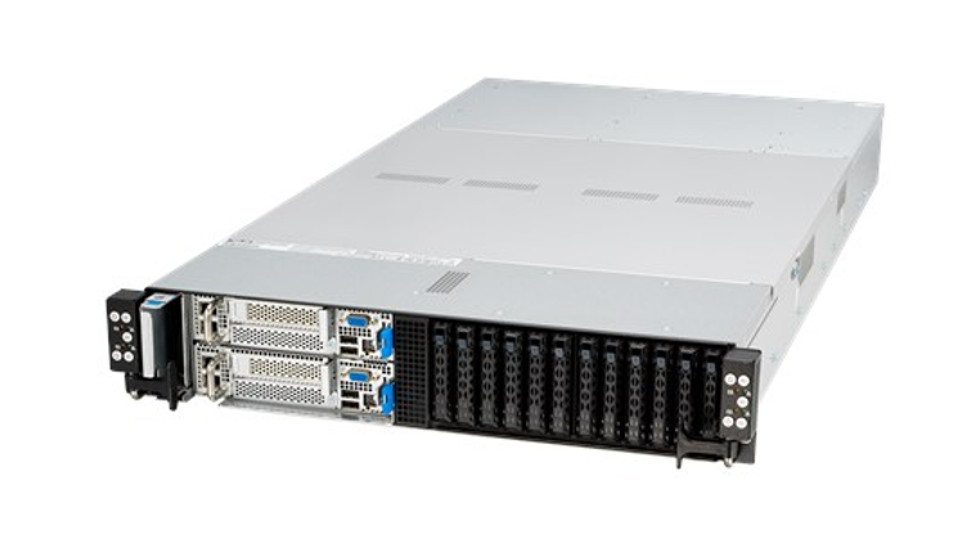ASUS and AMD's latest HPC breakthrough HPC could be great news for web hosting
ASUS' new server is powered by AMD EPYC 7002 processors

ASUS has partnered with AMD to bring a new server to the web hosting and high-performance computing (HPC) markets. The RS620SA-E10-RS12 is the first 2U6N high-density server to focus on extreme computing density while boasting a 2U form factor.
The new server also comes with impressive green credentials. It is equipped with ASUS’ own Thermal Radar 2.0 technology to deliver lower fan power consumption and also the ASUS Power Balancer to improve energy efficiency and cost-performance optimization.
In addition, the RS620SA-E10-RS12 also received the highest ranking from the SPEC Power suite of benchmarks for energy efficiency.
- These are the best small business servers around today
- The best CDN providers to speed up your website
- And here's our list of the best virtual desktop services
Host with the most
Although the server market is highly congested, ASUS will be hoping to offer something new to several business sectors. In the web hosting space, the RS620SA-E10-RS12 may be able to attract customers with its six-node architecture design, which is ideal for content delivery network applications that need improved page load times, reduced bandwidth costs and more efficient network-resource utilization.
Similarly, ASUS will be hoping that the RS620SA-E10-RS12 can appeal to the HPC market. The server supports a low-profile GPU like the NVIDIA T4, which could be used to accelerate a range of AI inferencing workloads. High-speed transfers are also enabled through full PCIe 4.0 support.
Performance, form and flexibility are all key considerations for businesses when they are deciding which servers to include in their data center environments. Increasingly, environmental considerations are also important. ASUS will be hoping that the RS620SA-E10-RS12 appeals on all fronts.
“Transform your data center TCO [total cost of ownership] with the world's first six-node high-density server powered by AMD EPYC 7002 processors,” the ASUS website explains.
Sign up to the TechRadar Pro newsletter to get all the top news, opinion, features and guidance your business needs to succeed!
“With an innovative design that fits six nodes in a 2U chassis, RS620SA-E10-RS12 accommodates the highest 280W TDP CPUs, PCIe 4.0 and OCP 3.0 expansions to satisfy the increasing demands for efficiency, density and TCO-optimization for data centers, web servers, virtualization, cloud and hyperscale environments.”
- Also, check out our list of the best dedicated server hosting providers
Barclay has been writing about technology for a decade, starting out as a freelancer with ITProPortal covering everything from London’s start-up scene to comparisons of the best cloud storage services. After that, he spent some time as the managing editor of an online outlet focusing on cloud computing, furthering his interest in virtualization, Big Data, and the Internet of Things.
